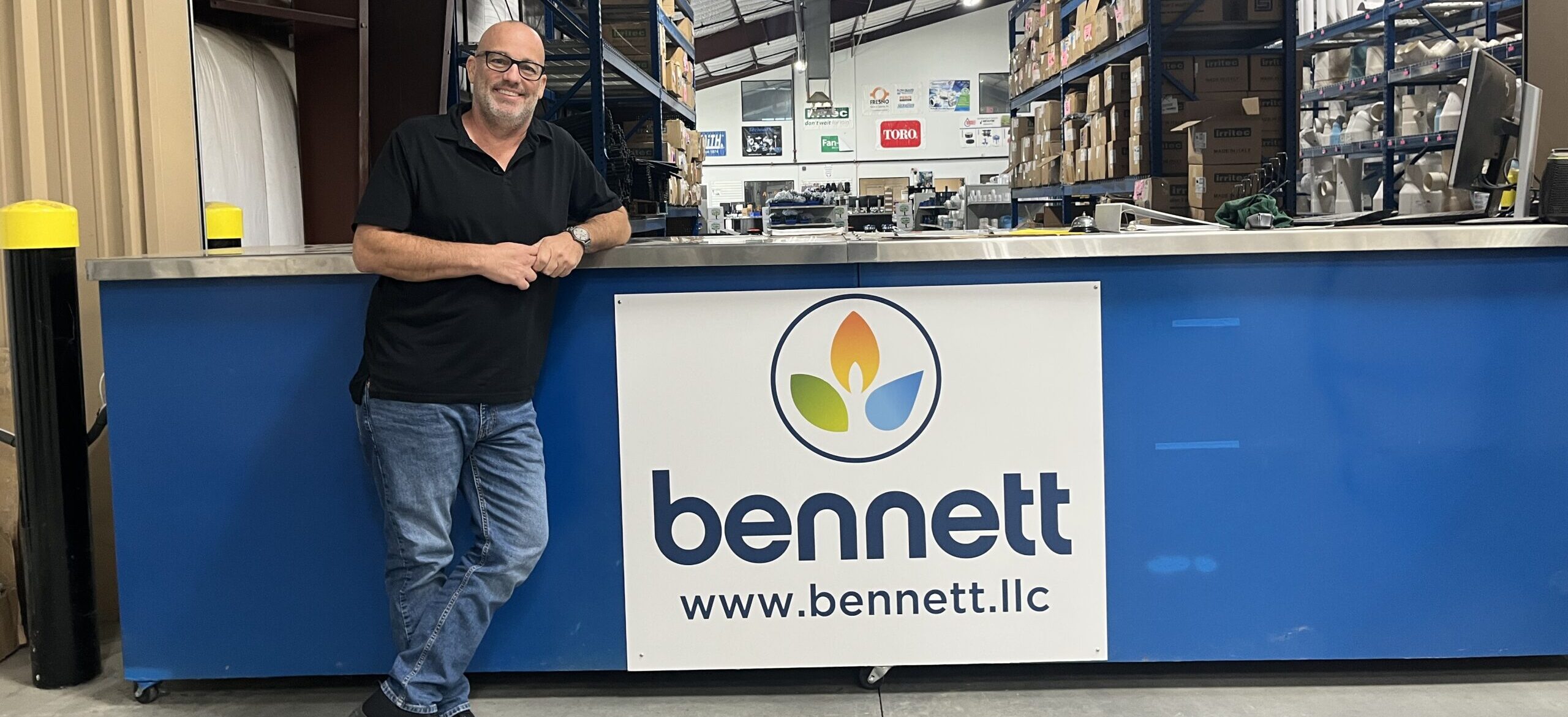A recent shopping trip in Valdosta has sparked conversations about generational behavior in grocery stores. During a visit on November 18, 2025, Dean Poling observed an older man repeatedly expressing dissatisfaction with the customer service at a local grocery store. His grievances highlighted a perceived expectation that customers should receive premium service, even when paying higher prices, rather than opting for cheaper alternatives.
The older man, visibly frustrated, directed his comments toward a young store manager, insisting that he deserved better treatment. This interaction caught the attention of another shopper, who we will call Dan. Positioned nearby in the same aisle, Dan was not aligned with either party; instead, he was simply trying to navigate his shopping list while waiting for the older man to move along.
Dan’s wife, referred to here as Jenny, was further along the aisle, focused on her own shopping. As the older man continued his discourse, Dan decided to bypass the confrontation, opting to return for the item he needed—Scope mouthwash—later.
Once outside, Dan shared his thoughts with Jenny, reflecting on the older man’s behavior and its implications. “If I ever get that way, let me know,” he remarked, suggesting that he did not wish to become similarly irritable in public spaces. Jenny quickly understood his reference to the older man’s complaints, stating, “I know what you’re talking about.”
Dan then recounted his experience in detail, expressing bemusement at how many older men seemed to block the aisles. He described one encounter where he was held up by an elderly man indecisively choosing between two bags of chips. “I stood behind one guy forever who couldn’t make up his mind,” Dan said, noting the comical nature of the situation.
Jenny interjected with a light-hearted observation, “That’s not a thing,” as they loaded their groceries into the car. Dan continued to share his thoughts, explaining how he finally decided to ask the first man to move aside. “I said, ‘Excuse me, buddy,’ and grabbed the Doritos,” he recounted, illustrating the frustration that sometimes accompanies grocery shopping.
The couple then discussed another scenario, where another elderly shopper blocked the aisle while contemplating a selection of soft drinks. “He just stood there and blocked the whole aisle,” Dan recalled. Jenny’s response was direct, reminding him, “I’m letting you know.” This playful exchange underscored their shared understanding of the challenges faced in crowded shopping environments.
While these moments may seem trivial, they raise important questions about generational differences in behavior and expectations when shopping. Dan’s humorous take on the situation reflects a broader commentary on how various age groups interact in public spaces, particularly regarding patience and consumer expectations.
Dean Poling, a former editor with The Valdosta Daily Times and The Tifton Gazette, concluded that these everyday encounters reveal much about societal norms and the evolving nature of customer service in retail environments.
As grocery shopping continues to be a routine activity for many, understanding the dynamics of such interactions may enhance not only personal experiences but also inform retail strategies aimed at fostering better customer relationships across age groups.







